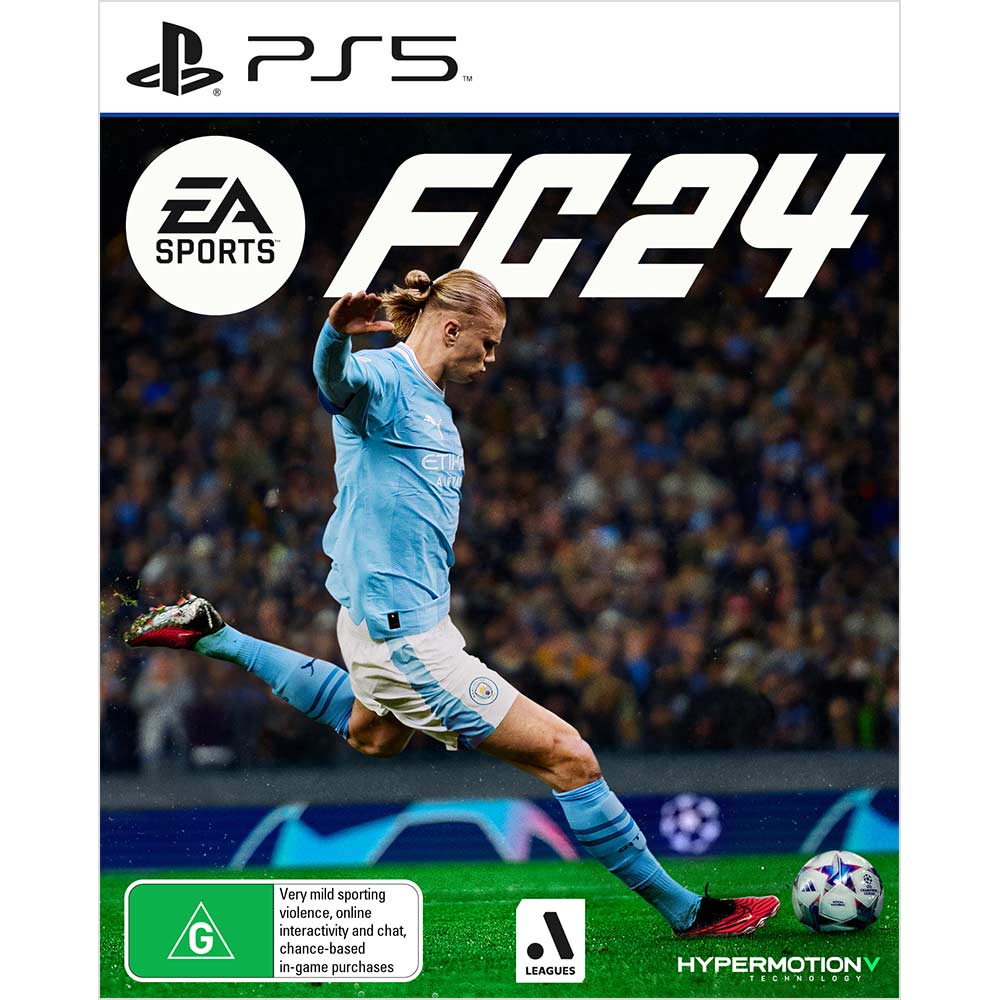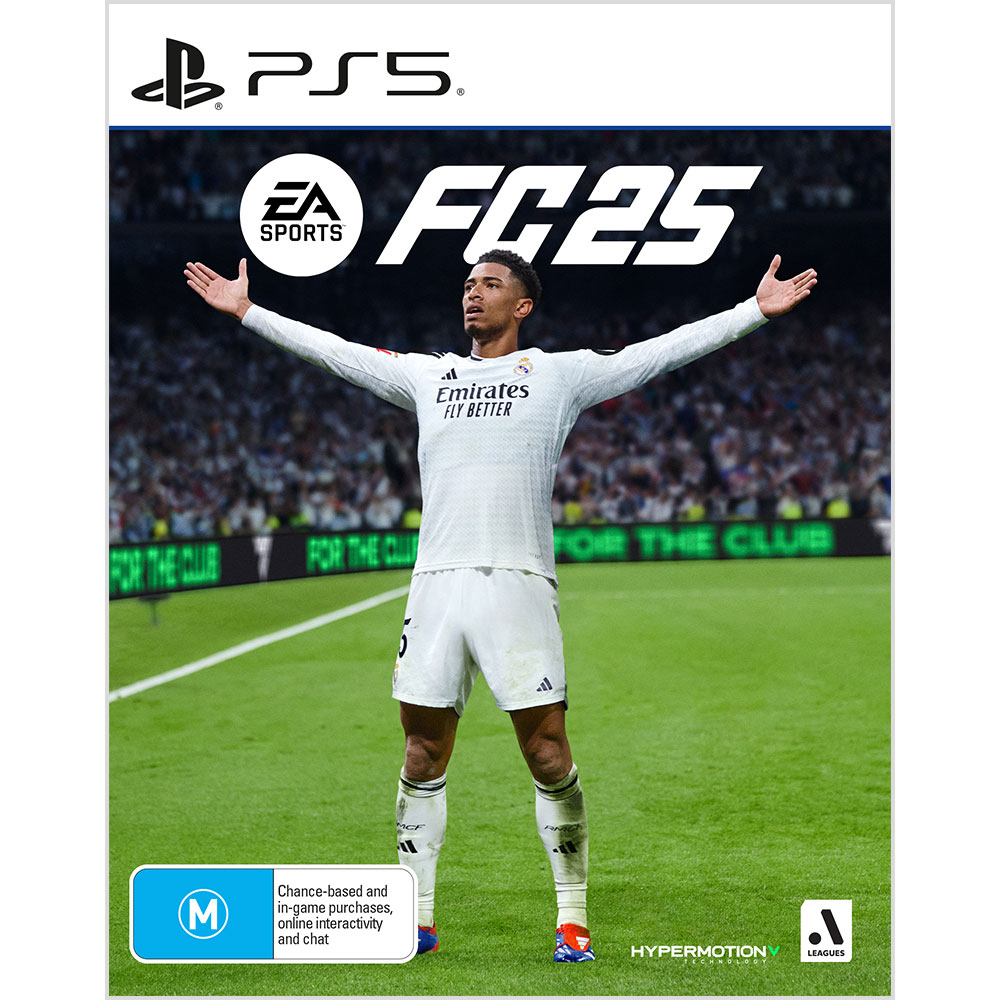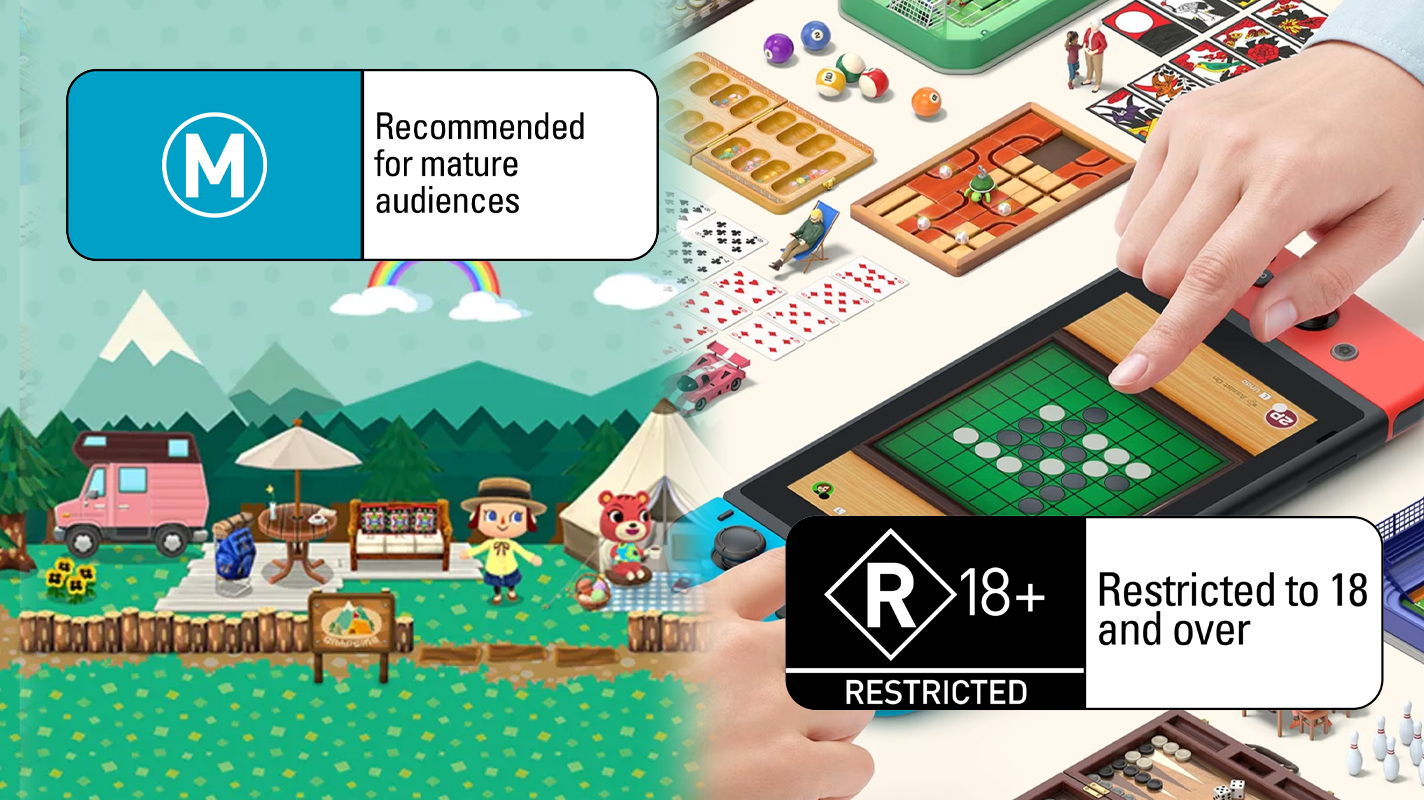- cross-posted to:
- [email protected]
- cross-posted to:
- [email protected]
The Australian Government has announced changes to the way video games are classified in Australia. Starting from September 22nd, 2024, two new rules will apply to games that include “in-game purchases with an element of chance,” such as loot boxes [now M], and games that feature “simulated gambling,” like casino games [now R18+].
This comes into effect pretty soon. I expect a few titles will get caught in the transition.
McDonalds currently has their Monopoly promotion running and this time it is entirely in app. Purchases have to be made in app with real world currency to be eligible to play mini games to collect randon properties that correspond to real world prizes. This feels like it would be M if classified under the new guidelines
God I hope so, its a cancerous scheme and encourages using a phone while driving.
Games that have already been classified prior to September 22nd aren’t affected by this unless they need to go through classification again, however I’m going to laugh if Pokemon Red & Blue are rereleased on the Switch 2 at some point in the future and get slapped with an R18+ rating 😂
Yeah, GameFreak figured out the casino stuff wasn’t a good idea in gen 4 (HeartGold/SoulSilver) and replaced slots with Voltorb Flip outside of Japan, and otherwise closed the game corner in subsequent titles. In Pokémon: Let’s Go (Gen7) the player receives Porygon from a random person instead of needing to grind coins in the casino. Would be interesting to see if they could/would hack in that change.
I’m not against these changes, but aren’t physical footy cards and other types of trading cards the original loot box aimed at kids? Or have companies successfully argued that they’re selling chewing gum and the cards are just freebies in the pack?
I think the major difference between the two is that in video games, the cost of the loot boxes is deliberately obfuscated through the use of whatever single-use currency the publisher has dreamed up, and made worse by the fact that the currency is only purchasable in select denominations, meaning you’re always spending more than you’re going to use.
You’re not wrong that there are plenty of examples of physical “loot boxes” marketed at children, but at least with those you know exactly how much it costs straight up.
I wish our government would look into the actual predatory practices that these publishers are using in these games, but this is a good first step. At least the EU is looking into it.
I still don’t know how half the games at timezone can be allowed for kids.
Yes. Make them all adult only. Still doesn’t change the cancer in games industry. Frankly they should require a gambling license to sell a gambling app.
Yet they still won’t ban gambling ads on TV. When was the last time you saw a cigarette ad on TV?
This is what really shits me. “Oh, the sports companies won’t be able to fund themselves.” If that’s true, too fucking bad. Our laws shouldn’t exist to arbitrarily prop up certain industries even when we’ve decided that the industry is causing harm.
But also, it’s just fucking not true. You can make an argument and say “oh but gambling companies fund 60% of the sport league” or whatever number it is, and pretend that banning gambling would cut the NRL’s budget by 60%. But that’s just not how it works. They’re sponsors because they were the highest bidder, not the only bidder. You’d just go to the next highest bidder if gambling sponsorships weren’t allowed. In the short term, maybe a 10% loss of revenue at most. Realistically, in the long term, it’d be negligible.
Same goes for pokies at local pubs and clubs. Australia has 0.3% of the world’s population and 18% of the world’s poker machines. And if you look specifically at poker machines not located in casinos it goes up to a ridiculous 76%. The entire rest of the world doesn’t allow poker machines at local clubs like we do, and their venues do just fine. The cries that venues would die off if they couldn’t have pokies are just nonsense.
So a game that has a casino in it, regardless of whether it needs the player to spend real money or not, is going to have to be rated R18+? I wonder what this means for games like Mario on the DS or some Mario Party titles.
Also, “in-game purchases with an element of chance,” does that mean any element of chance or a chance to not win? As an example, if I spend money for a currency in a gacha game, and then trade that currency for some character pulls, does that count? There is an element of chance, but I am guaranteed to win something. Essentially, I paid for a character, and I still get a character, I just don’t know which one I will get. I am curious if there is any nuance to this choice or if they just used the black and white blanket like most politicians do.
EDIT: Also, lol at anyone thinking kids care about the rating system. You all know you played GTA when you were like 7.
if I spend money for a currency in a gacha game, and then trade that currency for some character pulls, does that count? […] Essentially, I paid for a character, and I still get a character, I just don’t know which one I will get.
Yes. A real money purchase that leads to randomised rewards counts.
I think the government could definitely be doing more, but I don’t think it’s a bad thing to force companies to clearly disclose the nature of their products so consumers can make informed choices.
I think maybe a better thing to do is to include a new label for the cover of the game box and digital storefronts stating something like “This game contains simulated or real gambling,” rather than an instant R18+ rating. Mario Party being R18+ for example is a bit excessive, IMO.
That probably would be a better solution. Particularly since the rating system is pretty easy to ignore. And if they do start slapping the R18+ rating on games that don’t really warrant it like Mario Party, people will be more likely to simply dismiss the entire system.
I would hope that the government and ratings board wouldn’t be that stupid, but look at how long it took to give us an R rating for video games in the first place.
Kids don’t care about the rating system, it’s the parents that see the label and second guess their decision.
So real gambling is M, fake gambling is R18+. Makes sense.
To be honest M can still be sold to anyone of any age. But the text descriptions usually highlight the more highly classified content so sports games with loot boxes will see changes like this:










